Yamaha Motorcycles
Since its inception in 1954, Yamaha Motorcycles has grown from a fledgling motorcycle manufacturer into one of the most influential and respected brands in the world of motorcycling. From the early days of producing two-stroke engines to leading innovations in four-stroke technology, Yamaha’s journey is a testament to its commitment to performance, innovation, and design. Let’s deep into the fascinating history of Yamaha Motorcycles, exploring its evolution, iconic models, and the current 2024 lineup that continues to push the boundaries of what motorcycles can achieve.
Yamaha Motorcycles: A Legacy of Innovation
The story of Yamaha Motorcycles begins in 1954, when the company, originally a musical instrument manufacturer, diversified into motorcycle production. Yamaha’s first motorcycles were inspired by the German DKW RT125, a reliable and popular model during that era. This foray into motorcycling was the start of a journey that would see Yamaha become a leader in both two-stroke and four-stroke technology, establishing a legacy of innovation that continues to this day.
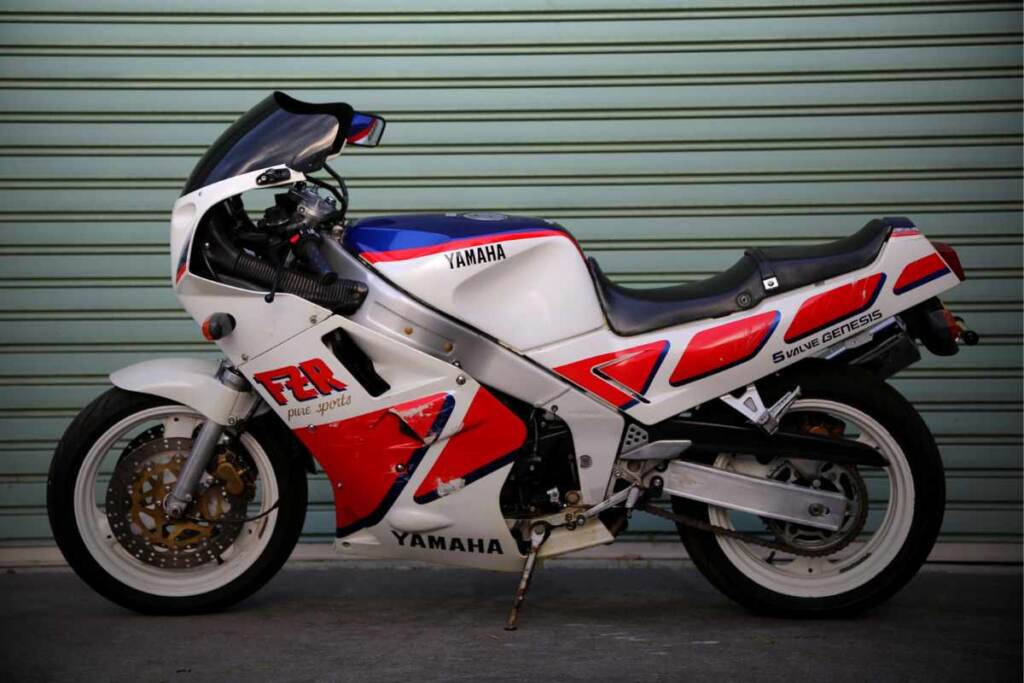
The 1950s: Yamaha’s Early Years and Two-Stroke Pioneers
Yamaha’s initial motorcycle, the YA-1, was a 125cc two-stroke single-cylinder bike that made an immediate impact in Japan. This model, based on the DKW RT125, was known for its reliability and performance, quickly earning Yamaha a reputation for quality. In 1957, Yamaha expanded its lineup with the introduction of the 250cc twin, a design based on the German Adler MB250. This model marked the beginning of a series of successful two-stroke twins, which would become a hallmark of Yamaha’s production throughout the 1960s.
Yamaha’s Entry into the American Market in the 1960s
The 1960s were a transformative decade for Yamaha as the company began exporting motorcycles to the United States. This expansion was pivotal in establishing Yamaha as a global brand. The company also ventured into the world of competitive racing, with its first entry into the Isle of Man TT in 1961. By the end of the decade, Yamaha had claimed five World Championships, solidifying its reputation as a force to be reckoned with in the racing world.
The Shift to Four-Stroke Engines in the Late 1960s and 1970s
In 1969, Yamaha introduced its first four-stroke motorcycle, the XS1. This 654cc overhead-camshaft parallel twin was a conservative but significant step away from the two-stroke engines that had defined Yamaha’s early years. The introduction of the XS1 marked the beginning of a gradual shift towards four-stroke technology, which would become more pronounced in the 1970s. During this decade, Yamaha also increased its involvement in off-road competitions, leading to innovations such as the single-shock rear suspension system, which became a standard feature on Yamaha’s trail bikes.
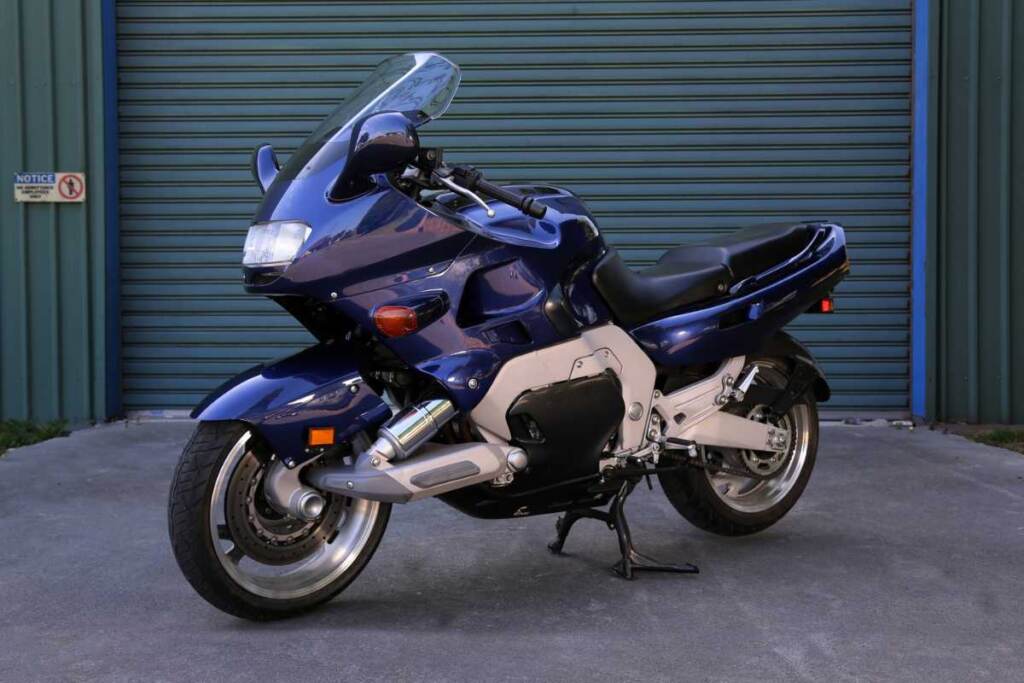
The 1980s: A Decade of Technological Advancements
The 1980s were marked by significant technological advancements for Yamaha. The company introduced the XS750 in 1977, a three-cylinder shaft-driven bike with double overhead camshafts, which set the stage for a new generation of four-stroke motorcycles. Yamaha continued to innovate with the introduction of four-cylinder machines ranging from 550cc to 1100cc, further distancing itself from its two-stroke roots. In 1982, Yamaha introduced its first four-stroke V-twin, adding yet another dimension to its expanding lineup.
The Ultimate Road-Going Two-Stroke: Yamaha’s 1984 Grand Prix-Inspired Model
In 1984, Yamaha reached the pinnacle of two-stroke technology with the production of a 500cc twin-crank V-four, based on its Grand Prix technology. This model, however, was short-lived, as restrictive legislation and the rapid advancement of four-stroke technology soon rendered it obsolete. Nevertheless, this bike remains a significant part of Yamaha’s legacy, representing the peak of two-stroke engineering.
The Introduction of the FZ750 and the Rise of Four-Strokes
Yamaha continued to innovate in the mid-1980s with the launch of the FZ750 in 1985. This water-cooled, four-cylinder, twenty-valve engine marked a new era for Yamaha, showcasing its commitment to advancing four-stroke technology. The FZ750 was a precursor to many more four-stroke models that would come to define Yamaha’s lineup in the years to come.
The Birth of the FZR1000 and the Deltabox Frame in 1987
The FZR1000, introduced in 1987, was a game-changer for Yamaha. It was the first model to utilize the company’s aluminum Deltabox frame, a design that significantly improved the bike’s handling and performance. This innovation set a new standard in motorcycle engineering and became a key feature in many of Yamaha’s subsequent models.
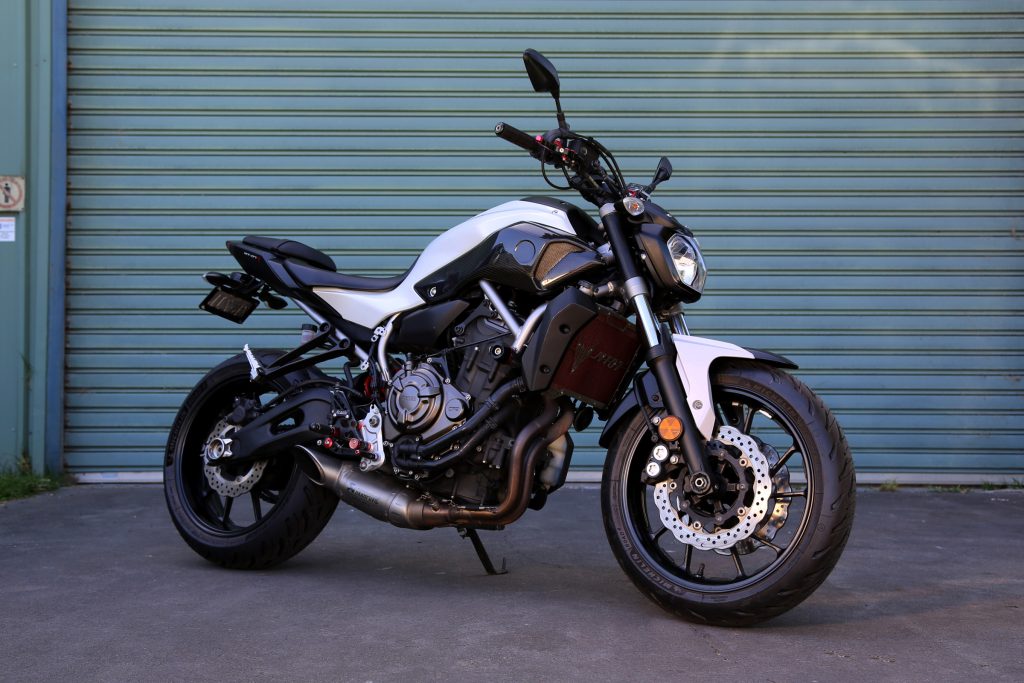
Yamaha in the 1990s: Pioneering Fuel Injection and the Cruiser Revolution
The 1990s were a period of diversification and innovation for Yamaha. In 1993, the company introduced the GTS, its first fuel-injected motorcycle, which also featured a catalytic converter. This model was a leap forward in terms of environmental consciousness and efficiency. In 1996, Yamaha launched the Royal Star, the first in a long line of Star models that drew inspiration from the classic cruiser designs of Indian Motorcycles. This model was a significant departure from Yamaha’s earlier sportier models, catering to the growing demand for traditional cruiser bikes.
The R-Series Revolution: The 1998 YZF-R1 and the Birth of Modern Sport Bikes
In 1998, Yamaha introduced the YZF-R1, a model that would redefine the sportbike category. The R1 was the first of Yamaha’s R-series bikes, combining lightweight construction with a powerful engine to deliver unprecedented performance. This model set the stage for the modern era of sport bikes, influencing the design and engineering of Yamaha motorcycles for years to come.
The YZ400F: The First Modern Production Four-Stroke Motocross Bike
Also in 1998, Yamaha made waves in the motocross world with the introduction of the YZ400F. This model was the first modern production four-stroke motocross bike, marking a significant shift in the industry, which had been dominated by two-stroke engines. The YZ400F’s success paved the way for the widespread adoption of four-stroke engines in motocross, a trend that continues to this day.
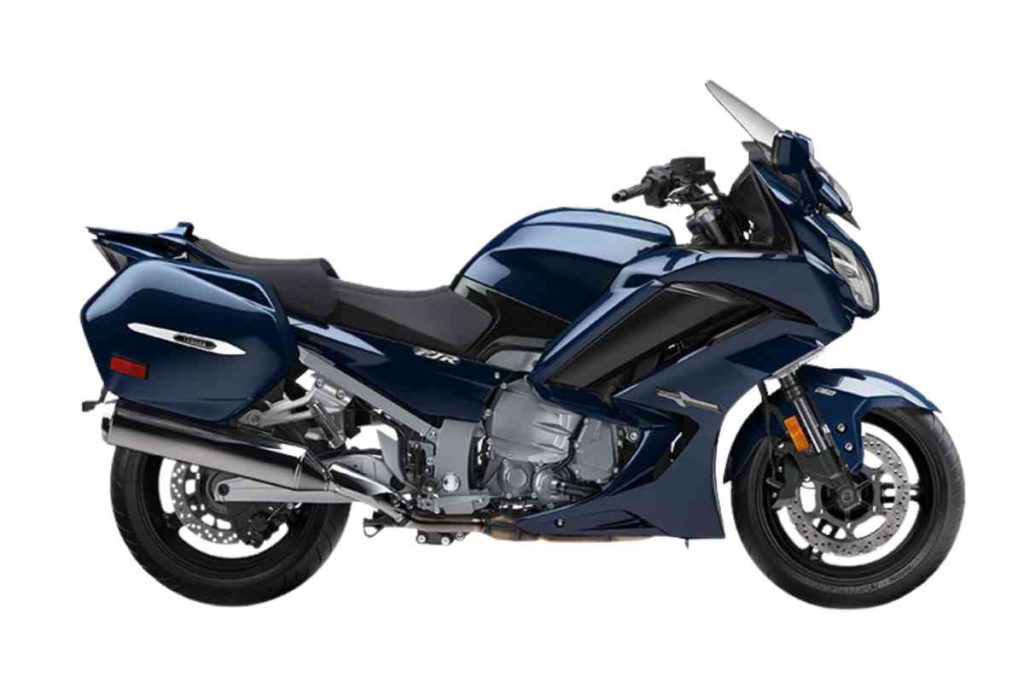
The 2000s: Yamaha Expands Its Off-Road and Racing Lineup
The early 2000s saw Yamaha continue to innovate, particularly in the off-road and racing segments. The introduction of the TT-R125L in 2000 rounded off Yamaha’s off-roading lineup, making it a formidable player in this category. The TT-R125L featured a 125cc, four-stroke engine, and was designed to be accessible to riders of all skill levels, further expanding Yamaha’s reach in the off-road market.
The First Four-Stroke 250cc Motocross Bike: The 2001 YZ250F
In 2001, Yamaha once again pushed the boundaries of motocross with the introduction of the YZ250F, the first four-stroke, 250cc motocross bike. This model combined the lightweight handling of a two-stroke with the torque and reliability of a four-stroke, making it an instant hit among riders and setting a new standard in the motocross world.
Yamaha’s Innovations in the 2000s: The YZF-R1 and YCC-I Technology
The YZF-R1 continued to evolve in the 2000s, with the 2007 model featuring Yamaha Chip Controlled Intake (YCC-I), the first electronic variable intake system on a production bike. This technology allowed the R1 to deliver optimal performance across a wider range of engine speeds, further cementing its reputation as a leader in the sportbike category.
The 2010s: Yamaha’s Continued Innovation and the Introduction of the Bolt
In the 2010s, Yamaha continued to innovate with the introduction of the Bolt in 2013. This cruiser was designed to be a lightweight, customizable platform, featuring a four-stroke, four-valve, air-cooled V-twin engine. The Bolt quickly became popular among riders who valued both performance and the ability to personalize their bikes to suit their style.
The 2018 Star Venture: A New Era of Touring Bikes
In 2018, Yamaha launched the Star Venture, a touring bike that represented a departure from the V-4 engines of previous models. The Star Venture featured an air-cooled V-twin engine and a fresh design that emphasized comfort and long-distance capabilities. This model underscored Yamaha’s commitment to meeting the evolving needs of touring enthusiasts.
Yamaha Motorcycles in 2024: A Comprehensive Lineup
As of 2024, Yamaha’s motorcycle lineup is as diverse and technologically advanced as ever. The company continues to push the boundaries of performance, design, and innovation across various categories, from supersport to hyper naked, sport heritage, and sport touring.
Supersport: The 2024 YZF-R1M and YZF-R1
Yamaha’s 2024 supersport lineup includes the YZF-R1M and YZF-R1, both of which are designed for riders who demand the highest levels of performance. These models feature advanced electronics, lightweight construction, and powerful engines, making them ideal for both track and street riding.
Hyper Naked: The 2024 MT-10 and MT-09
The hyper naked category is well-represented in Yamaha’s 2024 lineup with models like the MT-10 and MT-09. These bikes combine aggressive styling with powerful engines and advanced electronics, offering a thrilling riding experience for those who prefer a more upright and comfortable riding position.
Sport Heritage: The 2024 Bolt R-Spec and XSR900
Yamaha’s sport heritage models, such as the Bolt R-Spec and XSR900, blend classic design elements with modern technology. These bikes are designed for riders who appreciate the aesthetics of vintage motorcycles but don’t want to compromise on performance or reliability.
Sport Touring: The 2024 FJR1300ES
The FJR1300ES remains a cornerstone of Yamaha’s sport touring lineup, offering a perfect balance of comfort, performance, and long-distance capability. With its advanced suspension and powerful engine, the FJR1300ES is designed to handle both twisty mountain roads and long highway stretches with ease.
Yamaha Motorcycles: A Legacy of Performance and Innovation
Yamaha’s journey from a musical instrument maker to a global leader in motorcycle manufacturing is a testament to its commitment to innovation, performance, and quality. Over the decades, Yamaha has consistently pushed the boundaries of what motorcycles can achieve, from pioneering two-stroke technology to leading the way in four-stroke and electronic advancements. As the 2024 lineup demonstrates, Yamaha continues to evolve, meeting the needs of modern riders while staying true to its rich heritage.
Yamaha Motorcycles: A Symbol of Excellence
Throughout its history, Yamaha has maintained a reputation for excellence in both performance and design. Whether it’s on the racetrack, off-road, or on the streets, Yamaha motorcycles have consistently delivered exceptional experiences for riders around the world. As Yamaha looks to the future, it remains dedicated to pushing the boundaries of motorcycle technology, ensuring that its machines continue to set the standard for innovation and performance.

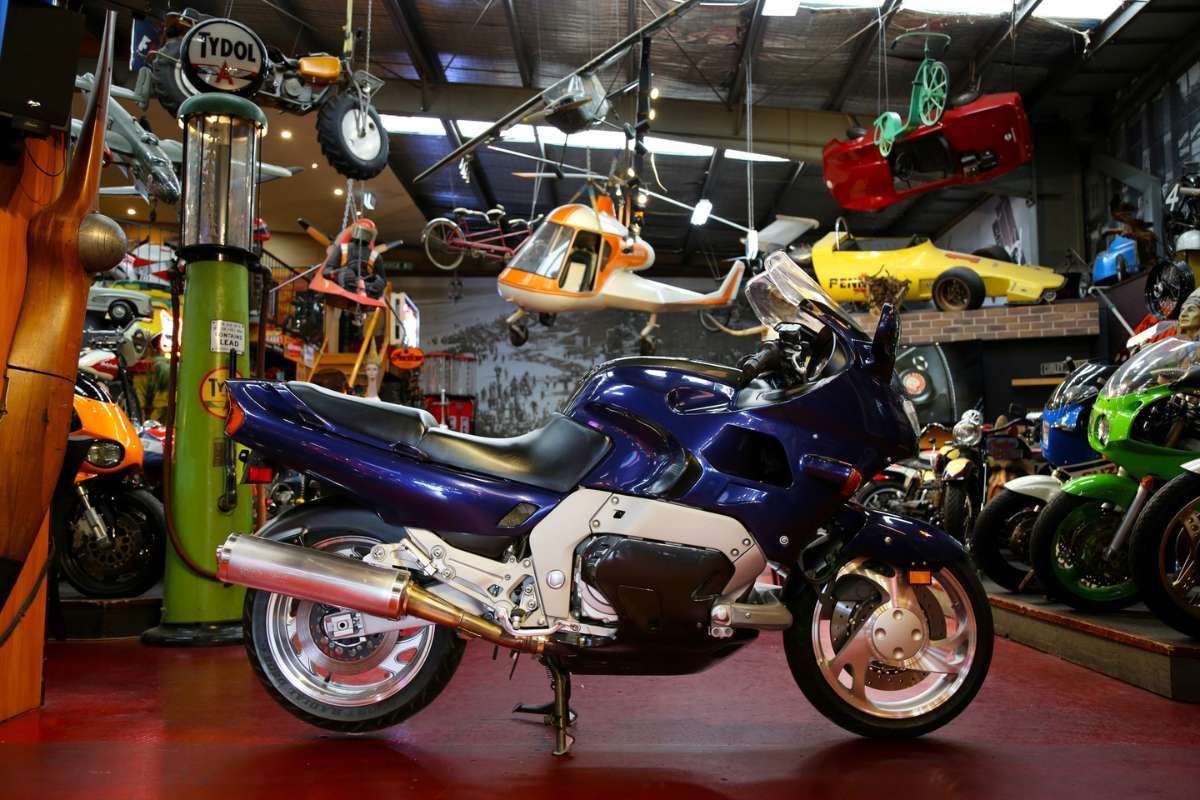


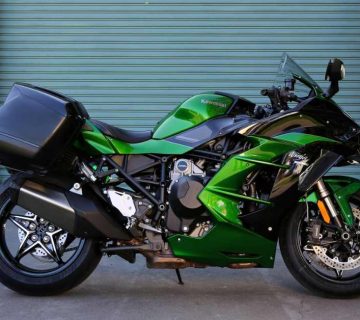
No comment